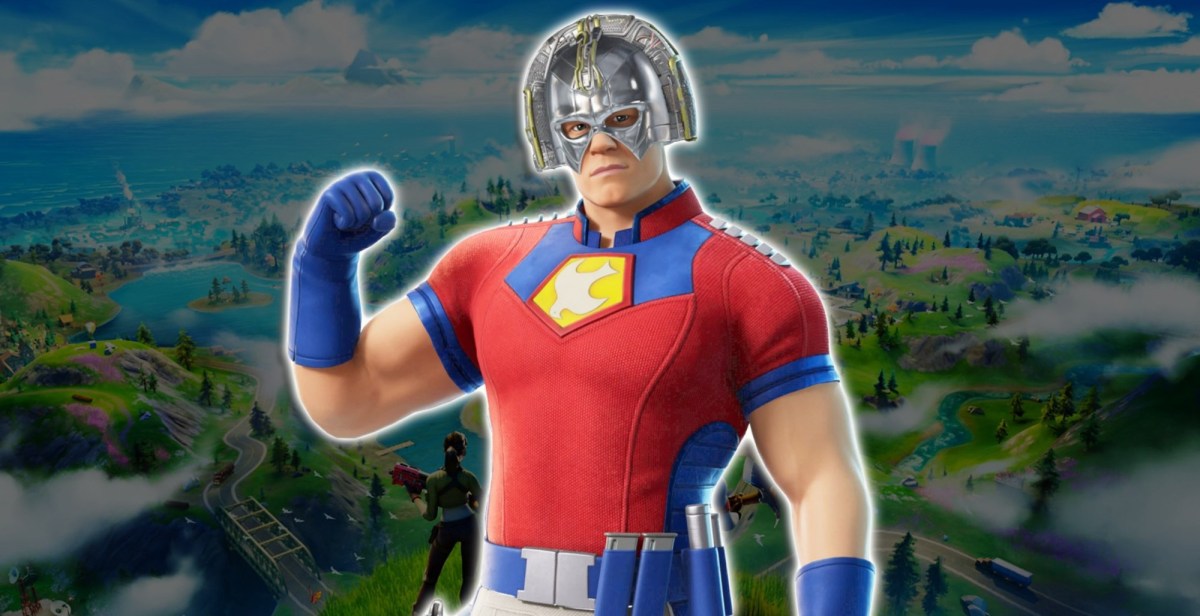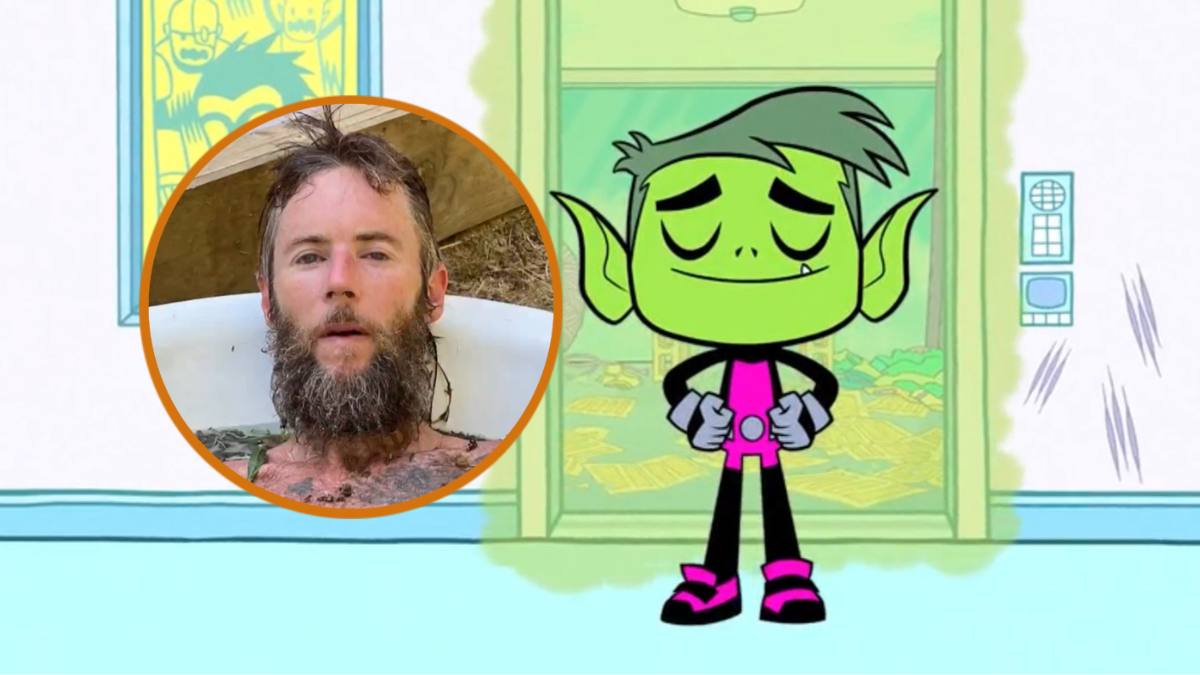As ages of piracy go, the first quarter of the 18th century was pretty golden. That’s the slice of history from which the HBO series Our Flag Means Death pulls most of its inspiration, and for good reason – a panoply of colorful characters took to the seas around this time, thanks to the confluence of technology, shifting cultural dynamics, and relative ease with which a person could steal a boat from a bunch of malnourished government employees wearing wool coats in the Caribbean.
The real Blackbeard is, to this day, a mystery to anyone with a lick of skepticism. The two chief sources of information on the guy are less than reputable – a book published six years after his death by an author high on spectacle, writing under what was probably an assumed name, and the testimony of a fellow pirate captain who was trying to sell the courtroom on the idea that all of his crimes were really Blackbeard’s fault, if you think about it. It’s not exactly a bubbling font of knowledge.
Take, for example, the fact that we don’t even know the guy’s real name. “Edward Thatch” and “Edward Teach” are the two variations that get thrown around the most, but there are a good half dozen other surnames that have popped up over the years. Lots of pirates used pseudonyms to keep their family names clean, and lots of others couldn’t read or write. Either or both could have been true of Ed, and the records are appropriately all over the place as a result – the same goes for his date of birth, usually reported as somewhere around 1680.
So what do we know? We know that Blackbeard wasn’t the most successful pirate captain, but he was without a doubt the one with the best marketing division. Descriptions of his grandeur and ferocity became more and more dramatic as time went on, starting out with something along the lines of “he was pretty tall and hairy” in a 1717 deposition by a captured British captain, then slowly morphing into “a figure that imagination cannot form an idea of a fury from hell to look more frightful” in the above-mentioned book, A General History of the Robberies and Murders of the most notorious Pyrates in 1724. It is, again, unclear how much of this is dramatic exaggeration. Still, stories of Blackbeard’s fearsomeness lie deep in the public consciousness – belts of pistols slung across his chest, lit fuses hanging from his hat, spitting acrid smoke and blinding sparks. We don’t know how much of it is true. We do, however, know two things for sure.
Number one: The real Blackbeard wasn’t dumb. When he learned that the King was offering clemency to all pirates who turned themselves in to British officials, he sent the astonishingly naive Stede Bonnet to surrender first and waited at a safe distance to see what would happen.
Secondly, and most importantly, we know this: That the real Blackbeard was itchy. Probably very itchy.
Blackbeard: A short life, and an itchy one
In 1996, Blackbeard’s ship, Queen Anne’s Revenge, was discovered lying at the bottom of the Beaufort inlet in North Carolina. This historic find allowed researchers a whole new angle from which to view the life of the most famous pirate in history through the study of his belongings and surroundings. Most of all, it gave everyone involved a solid case of the jeeblies when excavations of the site uncovered a pewter urethral syringe.
Yes, there were other artifacts as well – a restraining device, either left over from the ship’s days as a slave ship or used as a means of keeping drunken crewmen under control. A gunner’s bar, a whetstone, and a coin scale provided plenty of color for the active imaginations of historians. But the real star of the show was the pewter syringe, commonly used by practitioners of medicine at the time to launch streams of health-preserving mercury into the downstairs business of folks suffering from venereal diseases. It wasn’t a great idea, but it was in the same neighborhood as one – the mercury did have antibiotic attributes, thanks to the way that it was super duper poisonous. It provided a sort of relief, in the same way that setting someone on fire will fix their eczema. The only real upside to all of it is that Blackbeard didn’t have to deal with it for too long, since he was killed by a British captain in a swordfight around the time he was 35 or 40.
Or, to put it mnemonically, “Blackbeard’s brain wasn’t shabby, his skin was all scabby, and he died when a British guy got kind of stabby.”











Published: Oct 6, 2023 06:36 pm